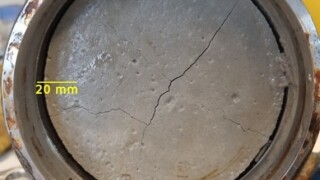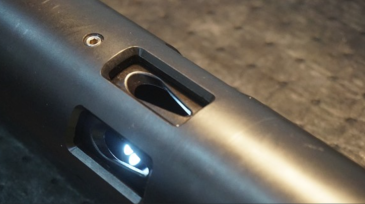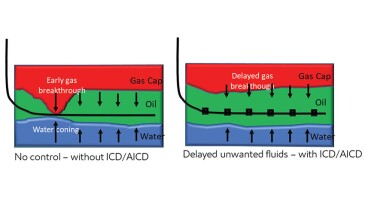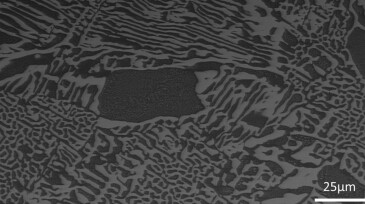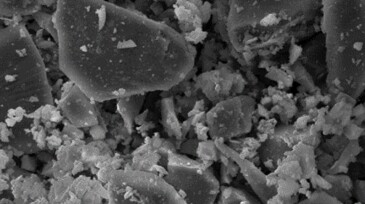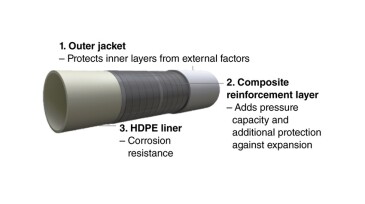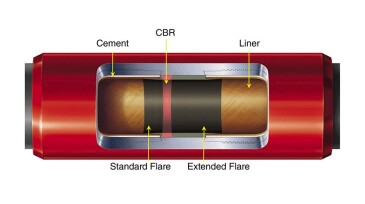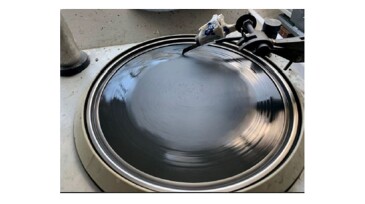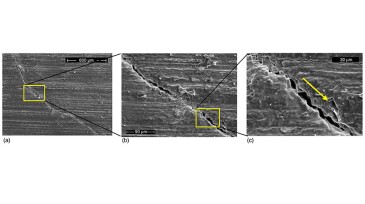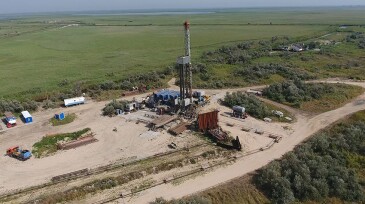Well integrity/control
This paper describes an automated workflow that helps mitigate sanding caused by excessive drawdown by determining the minimum tubinghead pressure.
Intelligent completions could improve many of the world’s oil and gas wells, but not all are suited to the technology. There is another option.
This paper presents the characterization and comparison of a metakaolin-based geopolymer as a candidate treatment for remedial operations in oil and gas wells versus conventional state-of-the-art materials.
-
This case study uses distributed temperature sensing (DTS) technology to monitor a cemented and plugged well in the Alaska North Slope, highlighting the versatile potential of DTS in long-term monitoring and establishing a workflow that makes the most of that potential.
-
SponsoredTAQA's PulseEight Secure and SwellStack solutions avoid costly workovers and deferred production by riglessly retrofitting an alternative to failed subsurface safety valves.
-
This paper provides insight into designing advanced well completions offshore West Africa with autonomous inflow control devices that enable maximizing the producing life of the wells under various challenging reservoir conditions.
-
A comprehensive study looks at the sealing efficiency of eutectic bismuth-tin alloy plugs in wells slated for plugging and abandonment through laboratory testing, microscopy analyses, and numerical simulations.
-
his paper presents research and application of a sustainable, low-density geopolymer alternative to Portland cement for cementing applications in low-temperature wells.
-
This paper discusses the ecosystem challenges that face the development of nonmetallic tubulars, ranging from academia and research institutes to material suppliers and manufacturing facilities for pipe prototyping.
-
This paper discusses the benefits of glass-reinforced-epoxy-lined carbon steel for tubulars, which provides long-lasting protection resulting in major cost savings throughout the life cycle.
-
This paper demonstrates the testing and validation of different mechanical evaluations of the integrity of fiberglass tubing using logging and intervention tools.
-
The aim of this study is to address and discuss the reservoir engineering aspects of geological hydrogen storage.
-
This paper presents laboratory testing and application of a resin-cement system designed to be placed as a tail slurry to provide enhanced mechanical properties compared with a conventional slurry.

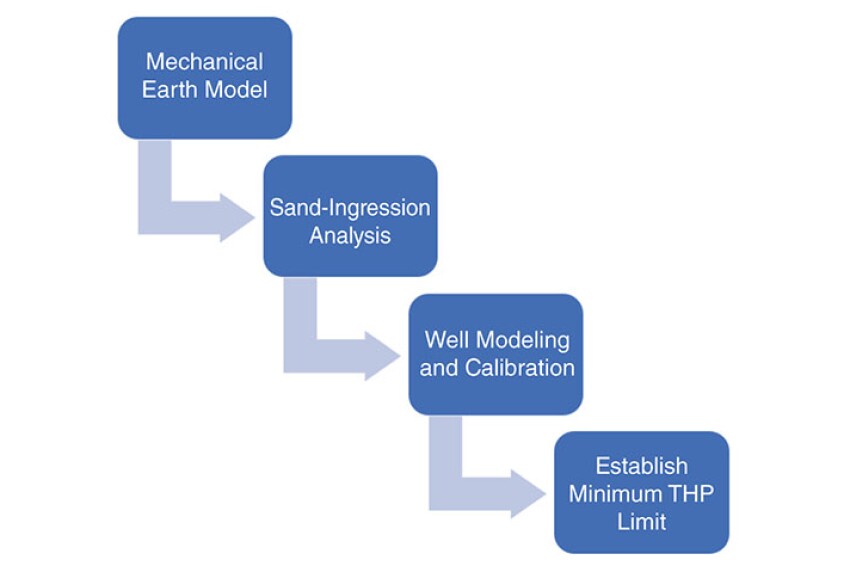
![JPT_2025-09_GuestEd1_SS_382853197[4].jpg](https://assets.spe.org/dims4/default/b4eb909/2147483647/strip/true/crop/850x478+0+44/resize/320x180!/quality/90/?url=http%3A%2F%2Fspe-brightspot.s3.us-east-2.amazonaws.com%2F8a%2F95%2Fe4e82cb54fd597d497a5b1267f8a%2Fjpt-2025-09-guested1-ss-3828531974.jpg)
